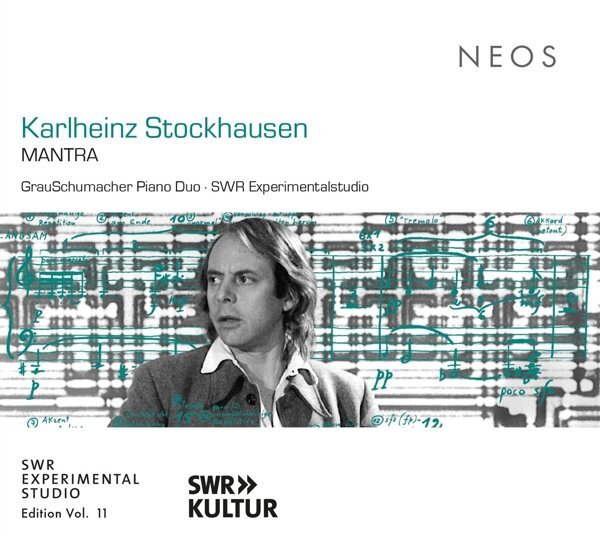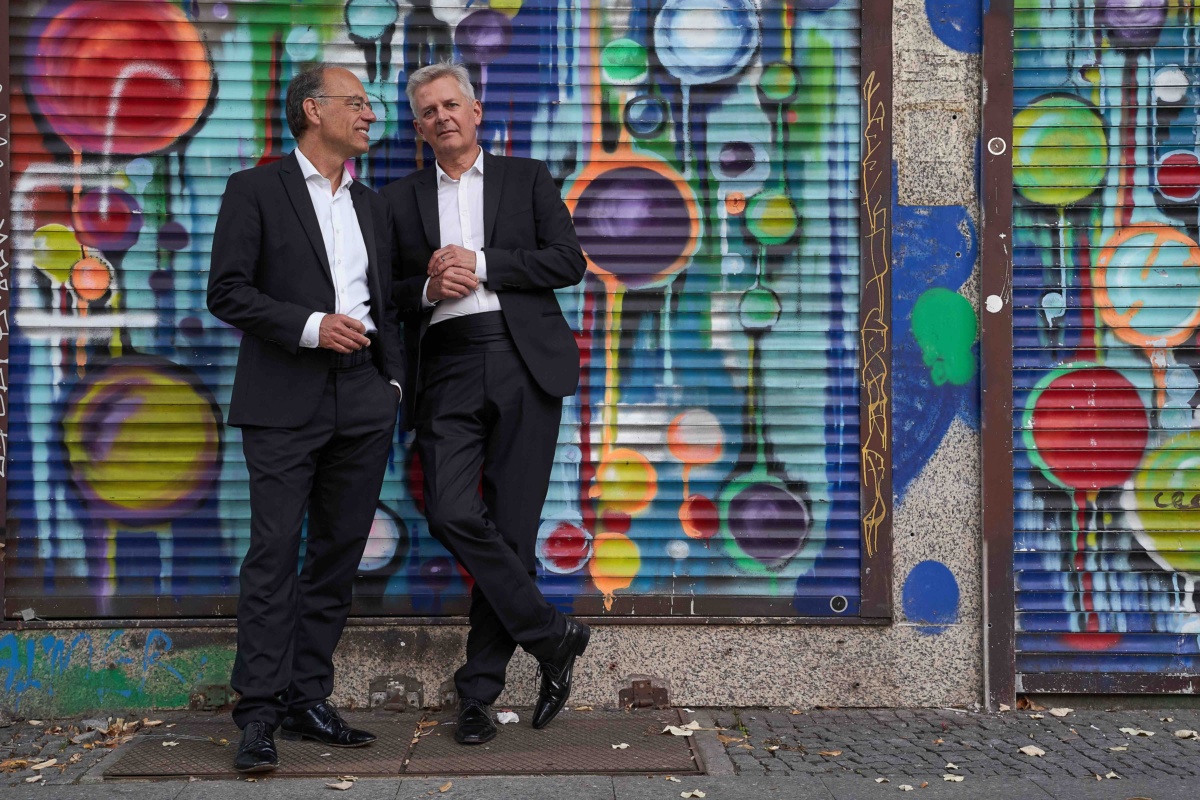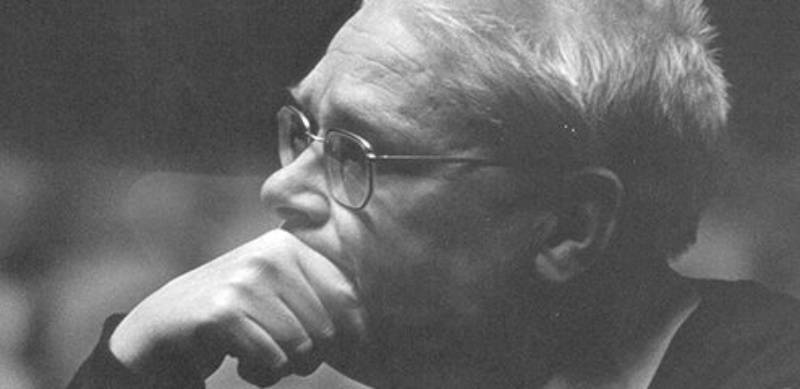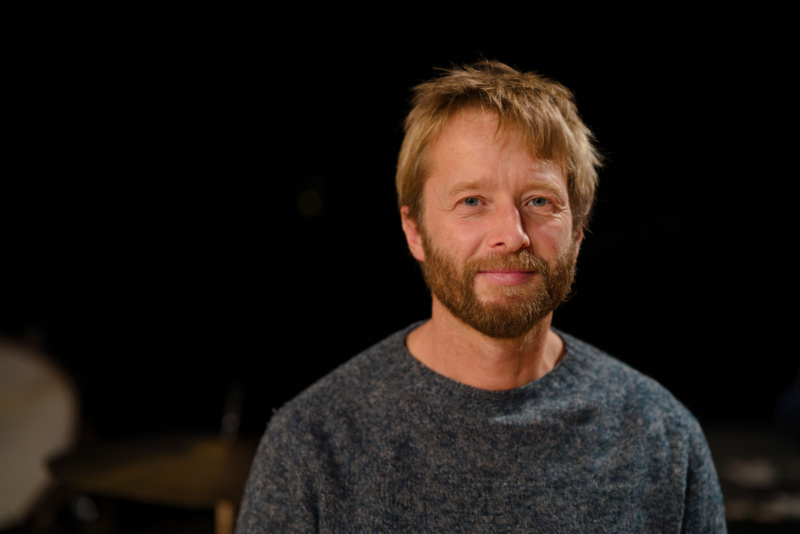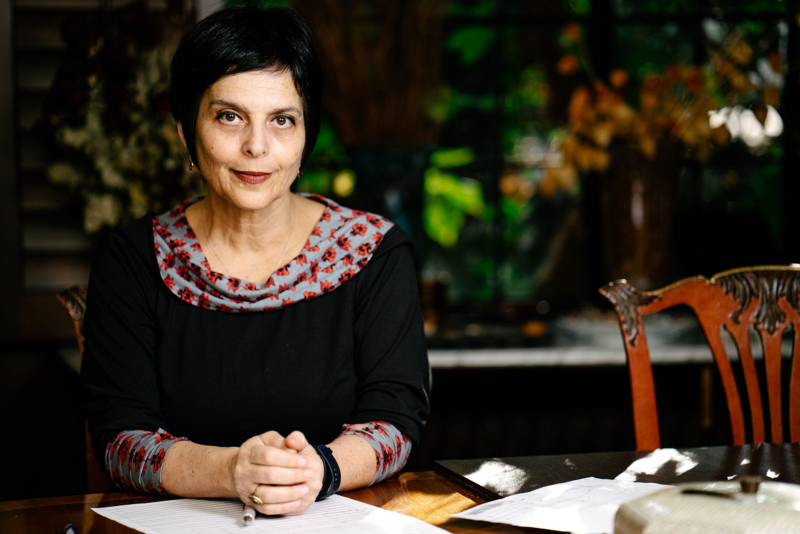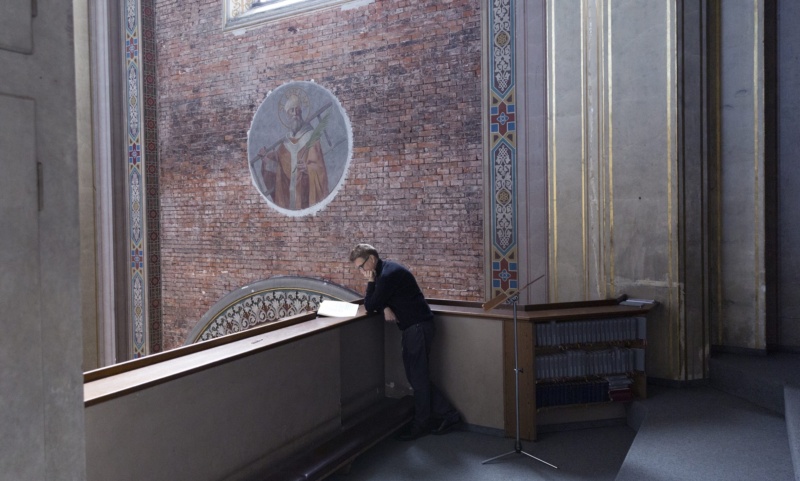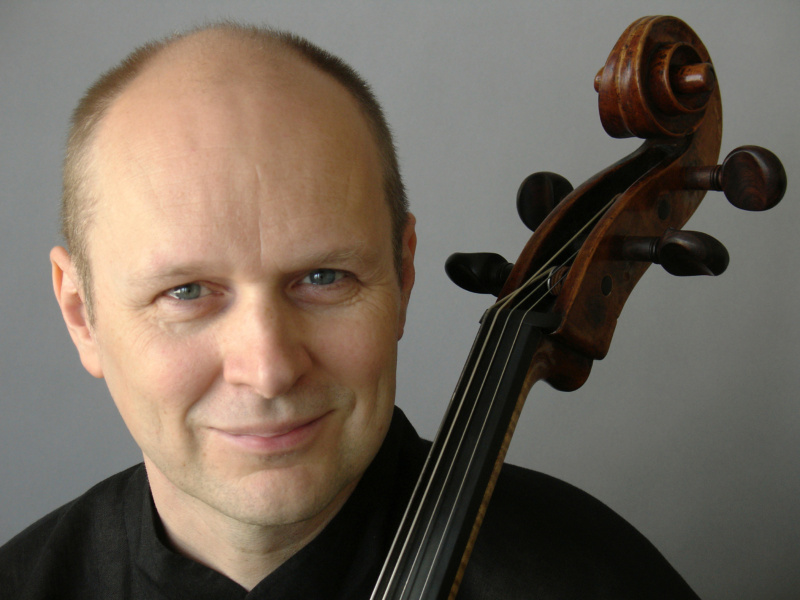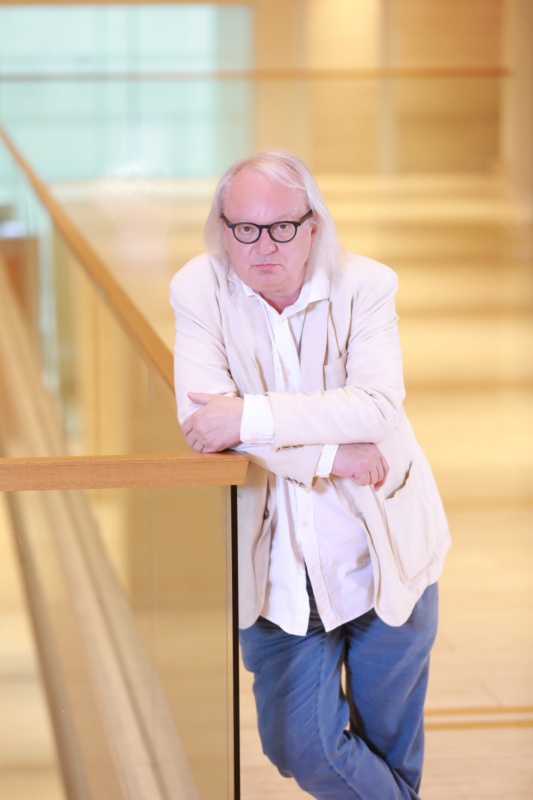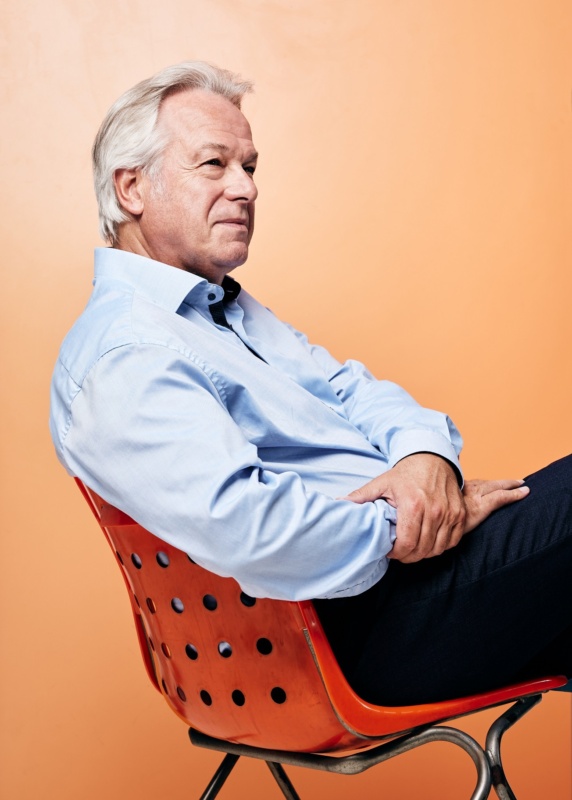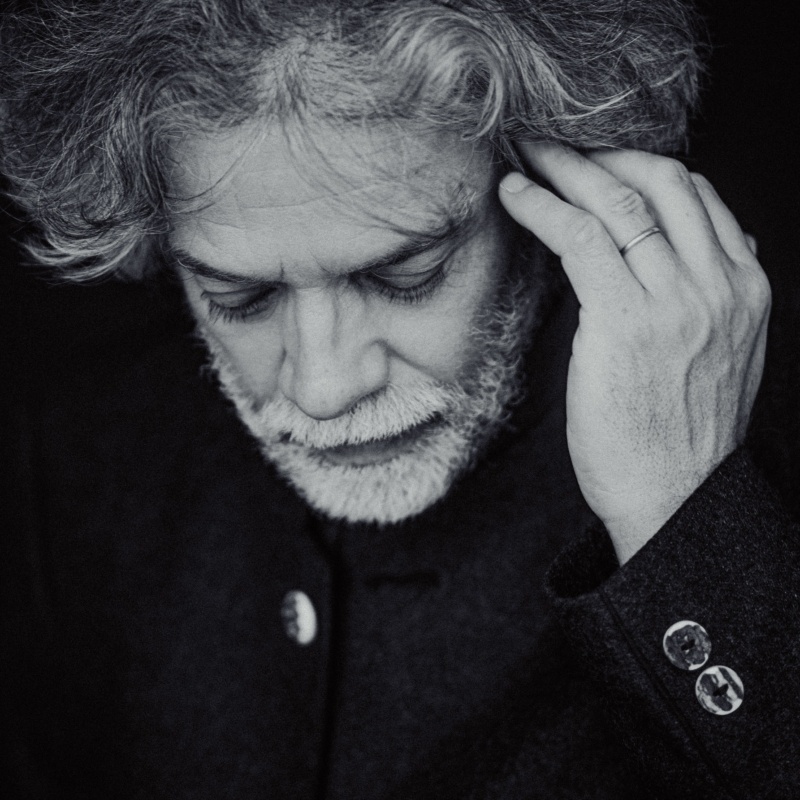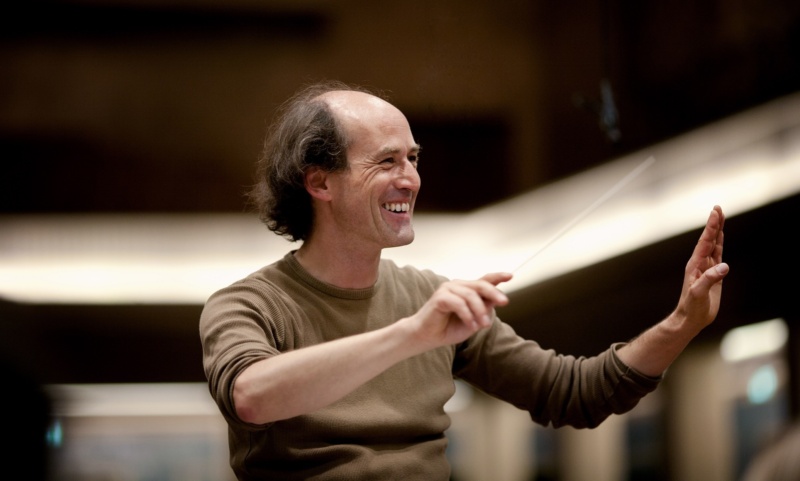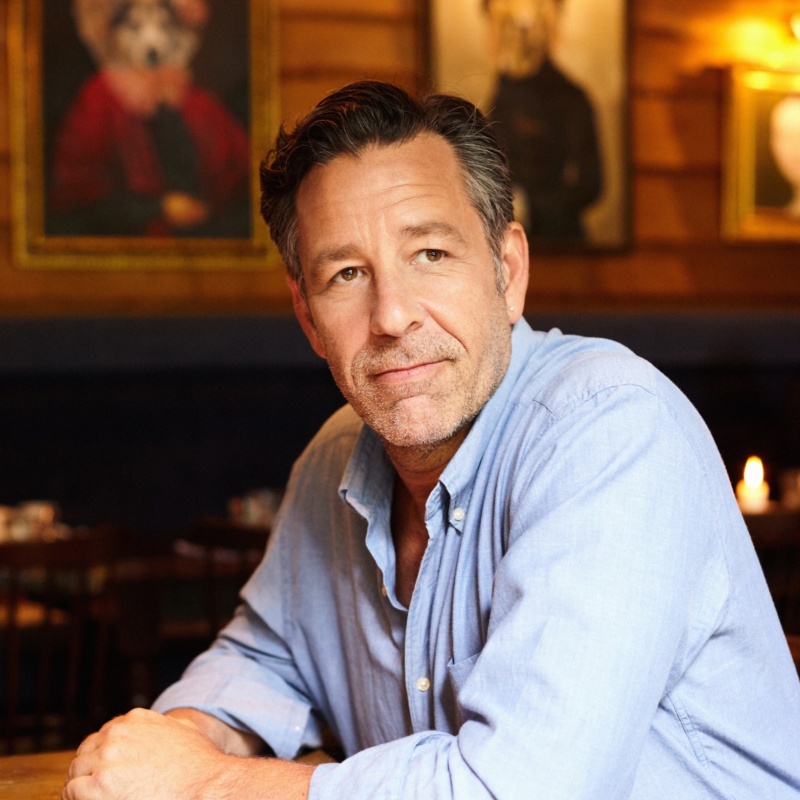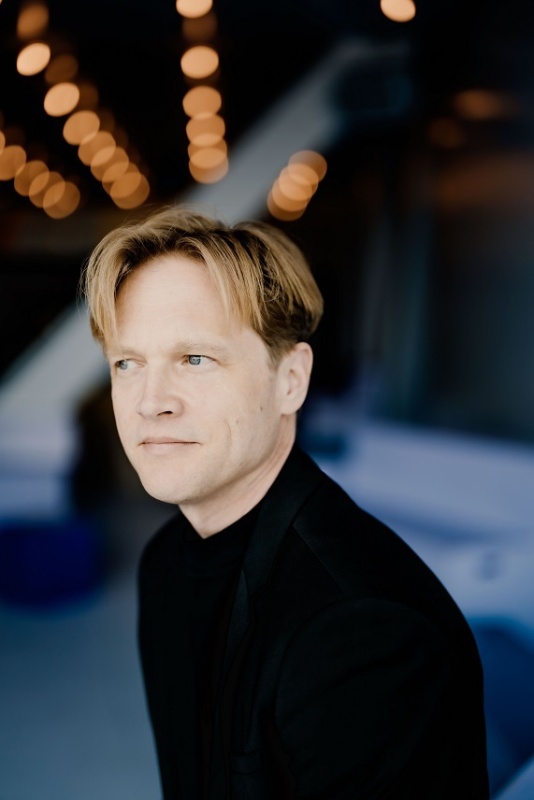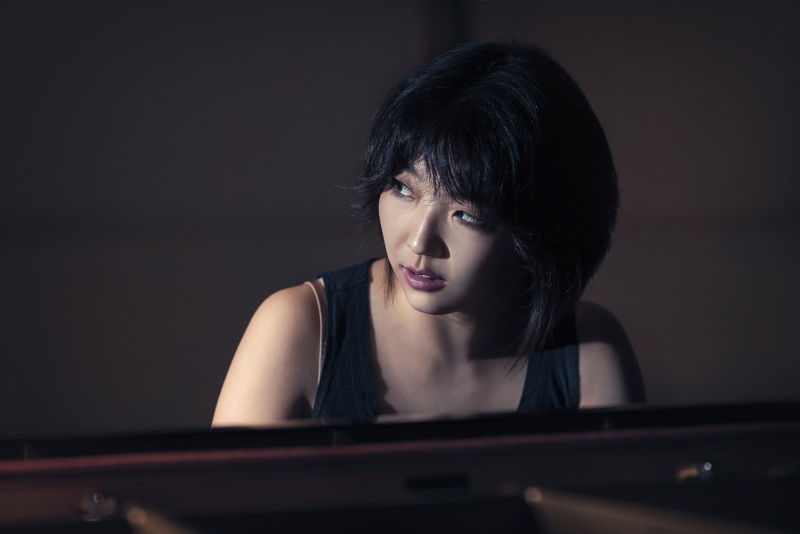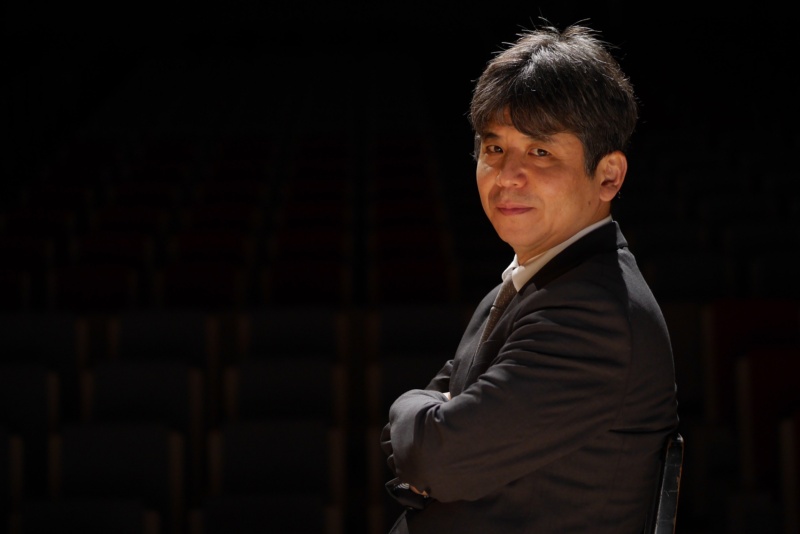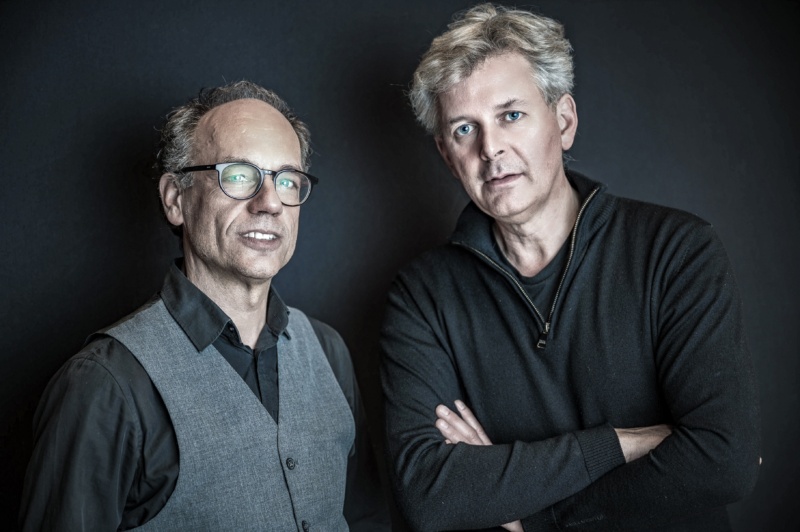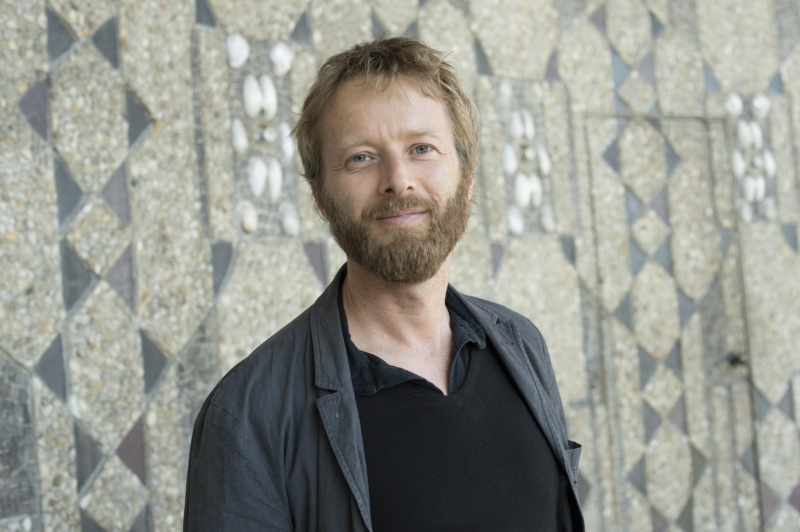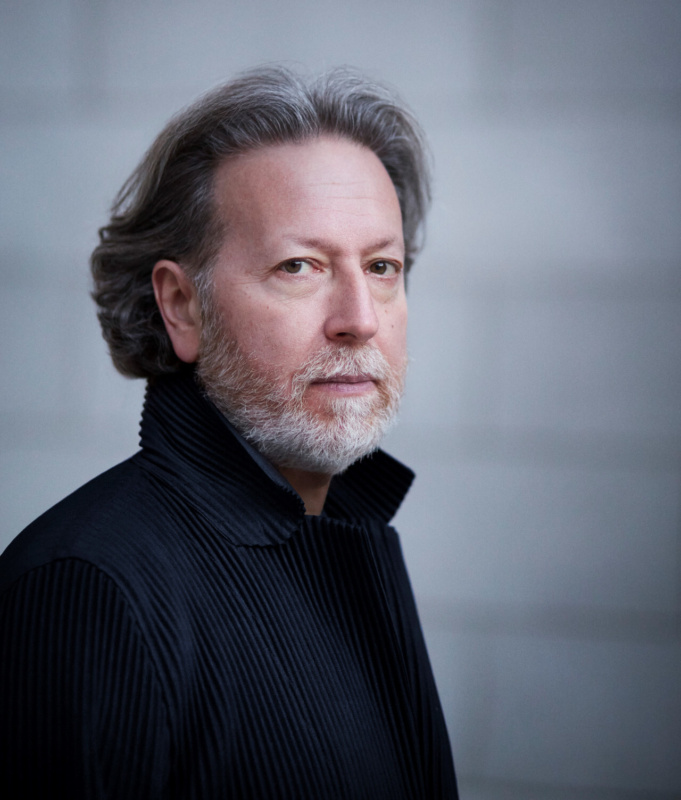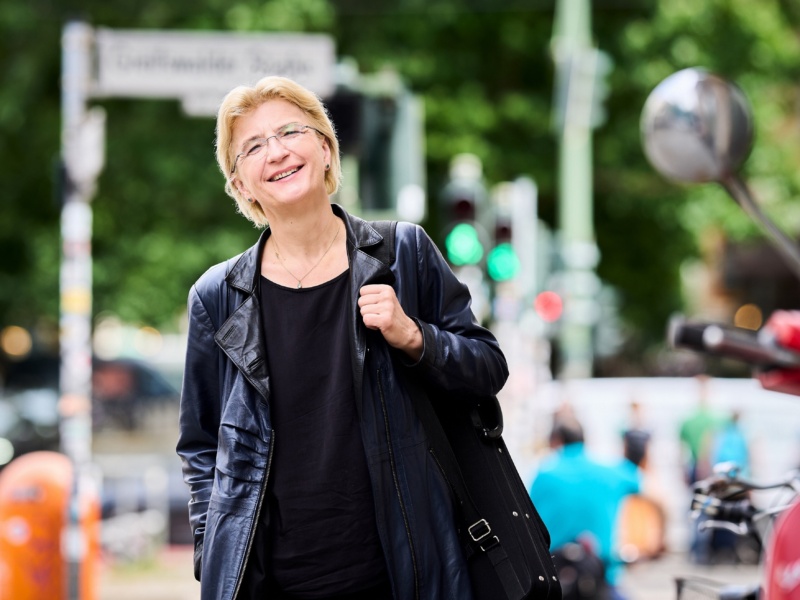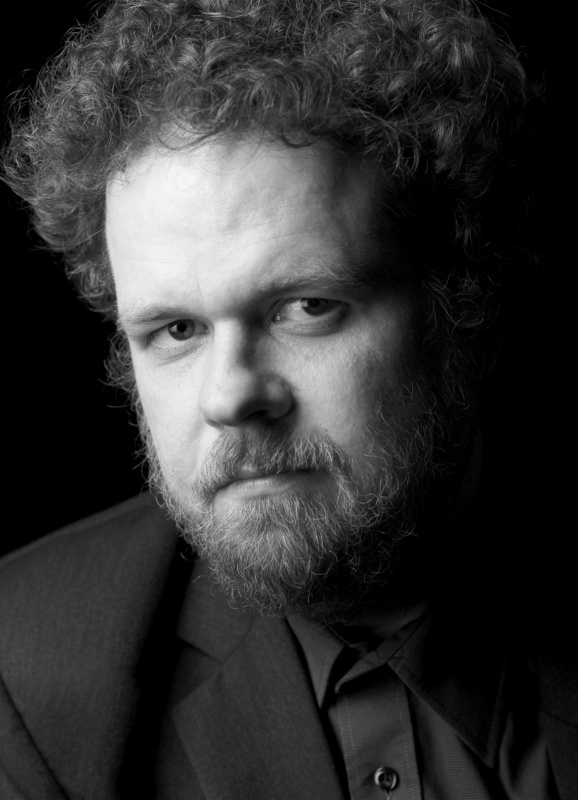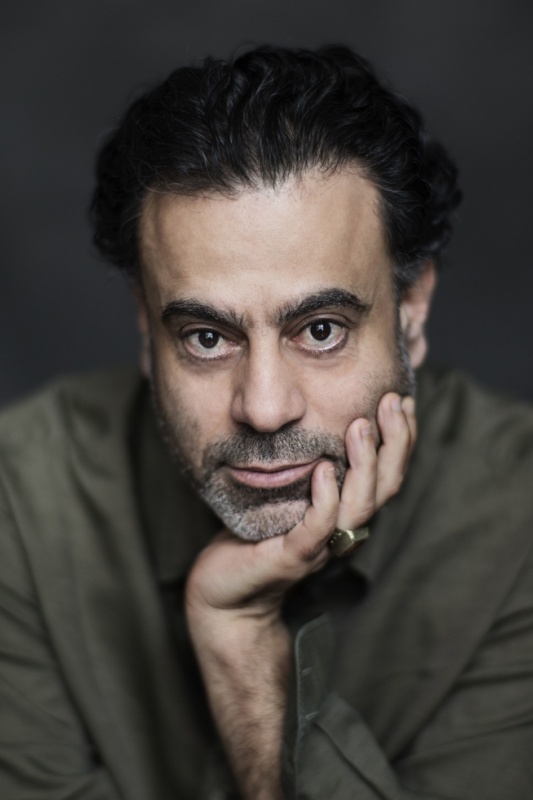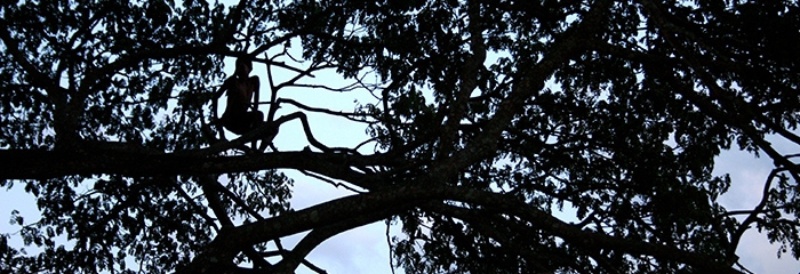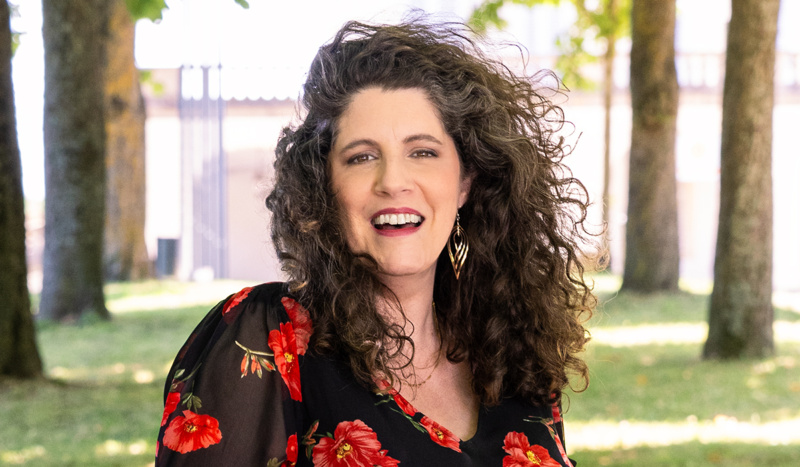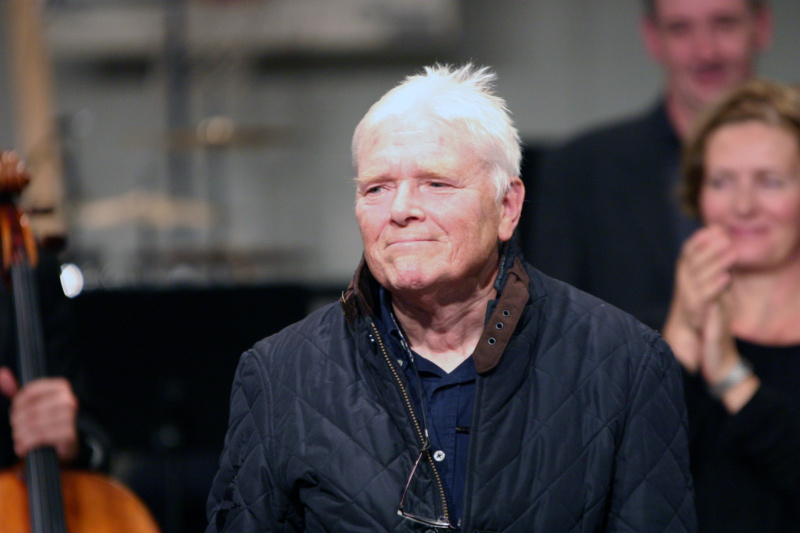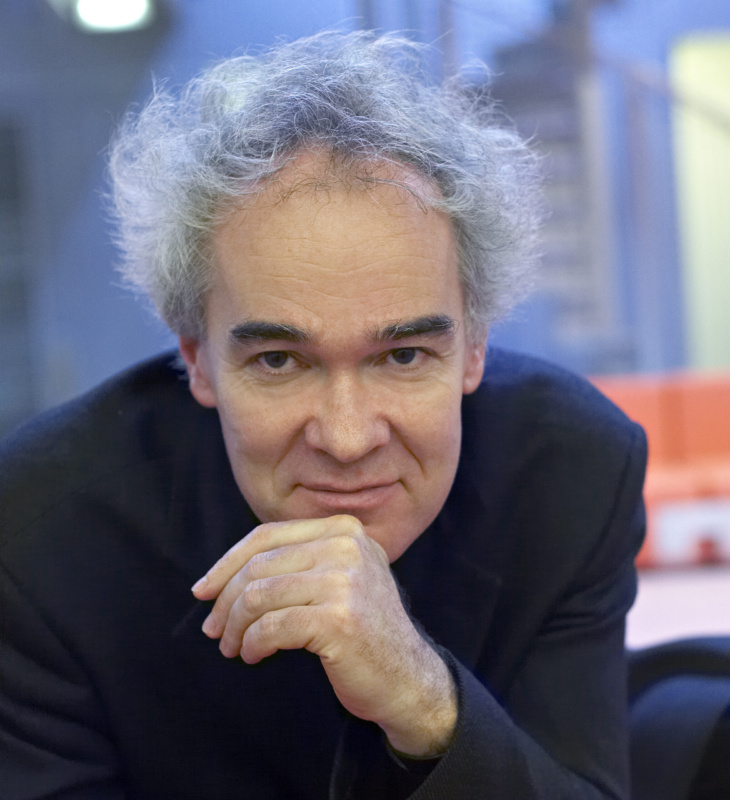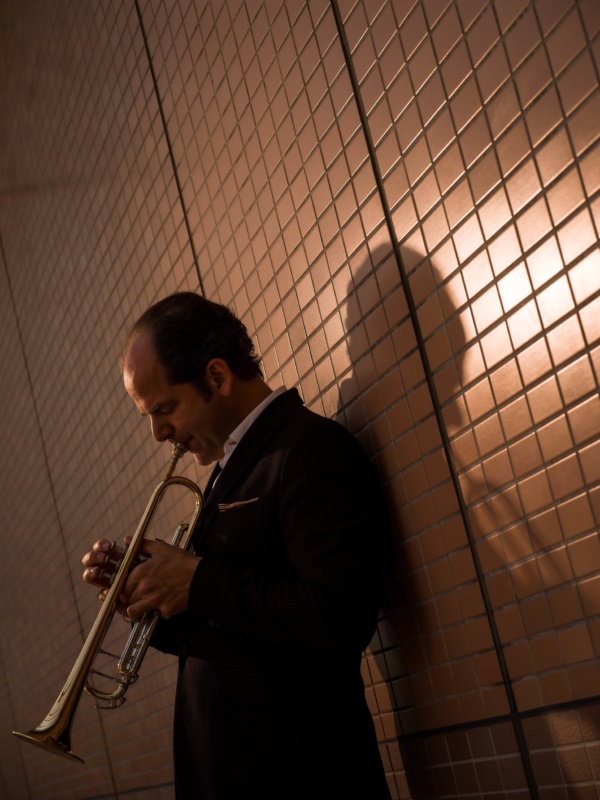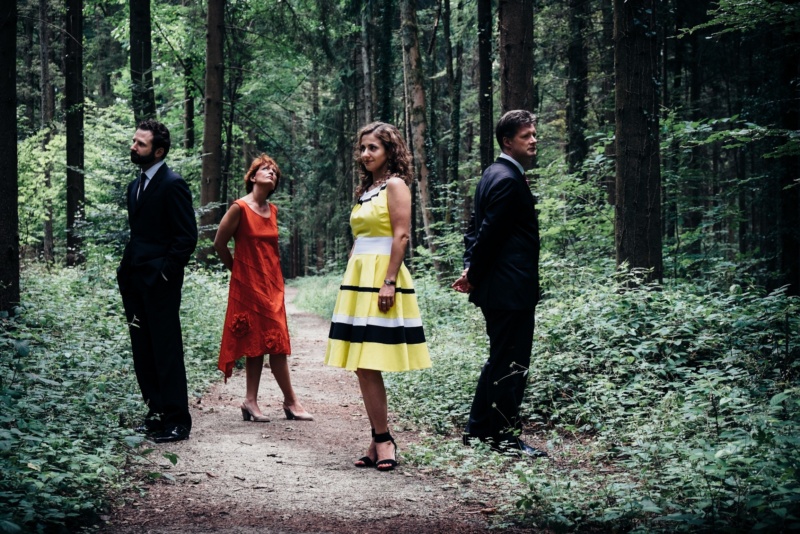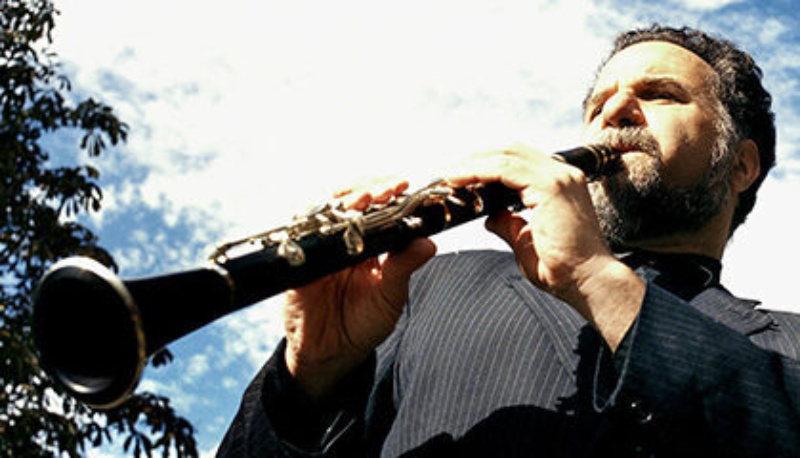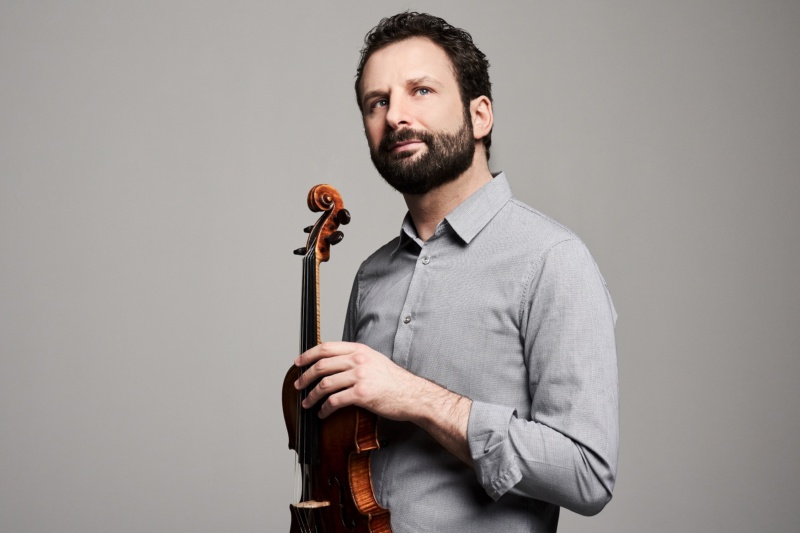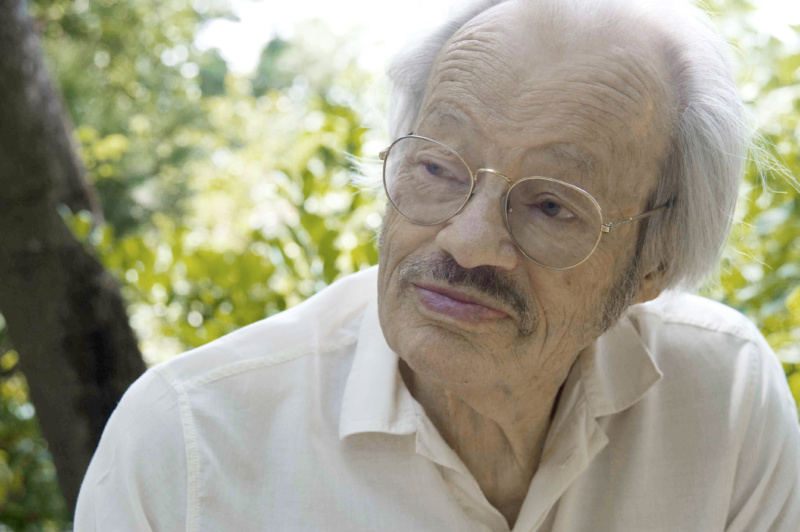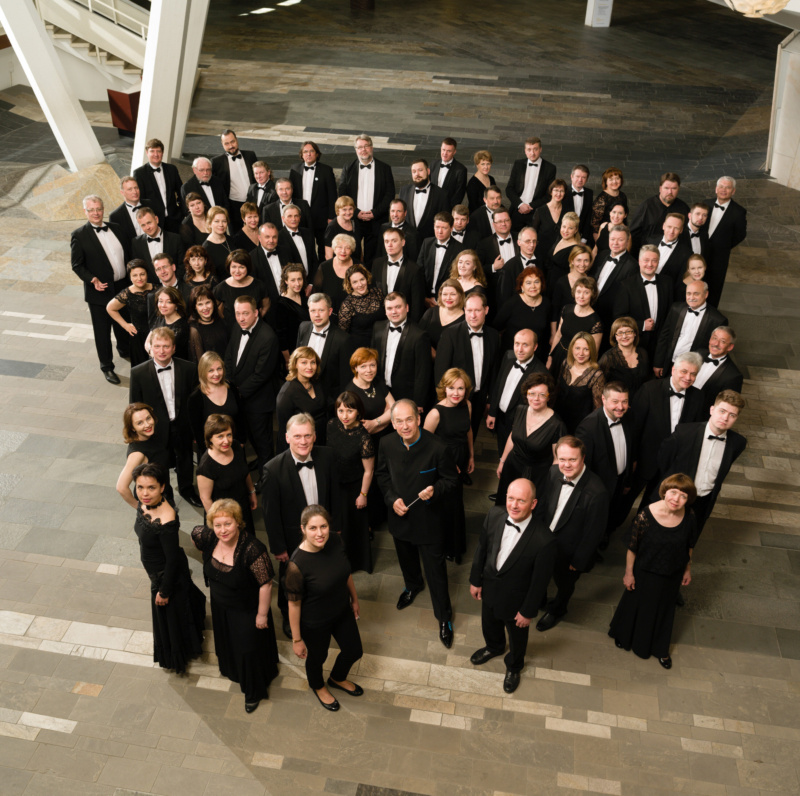Rondo magazine is enthusiastic about the new recording of the work, released in spring 2024 on the NEOS label, with its "inexhaustible richness that can only be grasped wide awake and with keen ears", as the review puts it. The GrauSchumacher Piano Duo realises the "technically daring radicalism" of this music "with such a playfully light hand that one can only be amazed and delighted", the magazine concludes.
In conversation with Götz Schumacher, it quickly becomes clear that this seemingly playful and light approach to the extremely complex work has developed over many years. "There are two pieces that have had an incredible influence on us as a duo: Schubert's Fantasie in F minor and Karlheinz Stockhausen's Mantra," he explains. "We learned both works when we were about twenty years old and they have accompanied us non-stop ever since. We came to Mantra because we were interested in the entire repertoire that Alfons and Aloys Kontarsky left behind. The Kontarskys shaped music after the Second World War like very few performers, and like no other piano duo. Composers such as Bernd Alois Zimmermann, Luciano Berio and Wolfgang Rihm composed works for piano duo because of them."
Early on, the two students Andreas Grau and Götz Schumacher took the opportunity to work intensively with Karlheinz Stockhausen, on their own initiative. "And that meant not just going through the piece for two hours one afternoon, but rehearsing for several days from morning to night for ten hours." When the duo wanted to record the piece a little later - one of their first ever recordings - they asked the composer for a second collaboration. "He came to the university in Cologne and asked us if we had a larger room. We then immediately rented the city hall in Solingen for just under a week; it was possible during the summer break there. He was very impressed!"
Götz Schumacher describes his encounters with the composer as having a lasting impact: "To this day, I have never experienced a person being able to fill a room like that. We were simply mesmerised from the very first second. There was no opportunity to relax during that time. His energy seemed almost endless. It required constant maximum concentration, which he in return also offered as a matter of course. He was very happy that a young ensemble was working intensively on Mantra and wanted to include it in their repertoire."
Is there anyone who has interpreted this work as often as the GrauSchumacher Piano Duo following these encounters? In the season of the German Music Council's "Concerts of Young Artists" alone, which they played as competition winners at the time, the duo gave around 20 performances. "The German Music Council has always supported new music, but when we said we wanted to play Mantra, they feared: Nobody wants to hear that, it's too long, too modern..." But the opposite was the case: "The organisers were thrilled to be able to present this work - in small places like Biberach or in Varel on the Jade Bay or in Marl. The audience was fascinated from the very first note, and it was always a topic of conversation, an event." Only in one big city, Hanover, did the whole thing go wrong: "It ended up in the press with the headline: 'Audience flight in the Broadcasting Hall'. Because people didn't know what was coming and had expected a circus-like competition programme, they left in droves." But this remained an isolated case. The young pianists also travelled internationally with the Goethe Institute with Mantra and reaped success.
Last autumn, the ever-growing chain of performances was extended once again with a special concert: the duo stepped in to play Mantra at the Elbphilharmonie. "That was probably something unique - being called five days in advance to see if we could take on Mantra. But that's not really a problem for us." Especially as the duo had only just recorded Mantra again. "Nobody has ever done that before, recording this piece twice. We took the first production into our own hands after our competition successes because we realised: This will be a piece that is important to us and that we identify with."
As the first formula composition, the work, written in 1970, is both the cornerstone and a prime example of the compositional technique that Stockhausen would use from then on, including in his opera cycle Licht. Götz Schumacher explains: "The starting point is the formula, i.e. the fixed melodic progression, and each of the 13 notes of this formula is assigned its own character - including the regular repetition, the accent at the end, a tremolo, the accent at the beginning, the Morse code. The entire work is based on this formula: There are the 13 sections, the 13 mantras, in which the notes are set one after the other as the base in the ring modulation, and there is one main character for each. In addition, Stockhausen spreads and stretches all the mantras with ever-increasing intervals. There are then mantras that are in the octave range and go over four octaves because he multiplies all intervals by this large interval. This creates the variety of material he has at his disposal. Every note comes from the mantra. It is therefore not a variation, but a transformation from the mantra, which is presented as a formula right at the beginning: First come four chords whose interval structure already contains the entire mantra, and then the formula is played by a piano alone." Through the ring modulation, the mantra is present on an additional level: "The ring modulation works with the fundamental tone as an inaudible base tone," explains Götz Schumacher. This basic tone is only audible indirectly - through the difference to the sounding piano notes with which it produces consonant or dissonant sounds."
The performers are not only challenged and occupied on stage in the conventional pianistic sense in this work, and the audience also sees this extreme activity in every performance. In addition to the complex piano parts, the pianists adjust the ring modulators and play other instruments: The entire mantra is also played through on the crotales and woodblocks. Despite the extreme demands and formal meticulousness, the work allows freedom and leeway, says Götz Schumacher: "The notation, the performance instructions are incredibly precise, and the musical gesture is completely revealed by the musical text. But the way it is filled is not electronic or mechanised. You can and must shape every bar." This also demonstrates the incredible potential of this work: "The piece seems almost improvised in places, but it follows a formal plan that could hardly be stricter. It is thanks to the composer's musicality and genius that such a piece could be created."
The new recording of the epochal composition came about because the SWR Experimentalstudio realised that Mantra had never been recorded with the studio's involvement - even though the work was the reason for its founding. "The Heinrich Strobel Foundation and the electronic studio, the forerunner of today's Experimentalstudio, were founded to realise Mantra," says Götz Schumacher. "Because these live electronics were a completely new story that Stockhausen had developed. The ring modulators had to be built first, and a 70-minute work with live electronics was a dimension that went beyond the scope of the time."
The ideal partner for the new recording, which was created at the request of the SWR Experimentalstudio, is sound director Michael Acker, with whom the duo share the experience of numerous joint performances. "He is a very fine musician and, of course, experienced in live electronics like few. Like us, he knows this piece inside out." In this case, the many years of joint performance practice also means the constant further development of technical possibilities, including digitalisation. "Of course, you could also give a historically informed performance, so to speak, and use the equipment from the time the work was written, but that would actually be a great loss in this case and not in Stockhausen's spirit," explains Götz Schumacher. "The aesthetic of the time has something 'trashy' about it, because the sound is very noisy. But that was a technical stopgap and was due to the first generation of ring modulators at the time. In the meantime, the intervals created by the difference between the various frequencies can be heard clearly and no longer just as scratching and clattering. From the very beginning, I was happy and pleased with every further development and I understood the piece better. Because it is precisely this idea of the new tonality, the relation to a fundamental tone which is redefined by the ring modulation, that you can now really follow with your ears."
While the composer's 100th birthday in 2028 is slowly looming on the horizon, there are many reasons to listen to Stockhausen's first formula composition anew - possibly even in a programmatic context with works created in the meantime that would be inconceivable without Mantra. The composer Philippe Manoury, for example, describes his encounter with Mantra as groundbreaking for his entire musical thinking, and his work Le temps, mode d'emploi, premiered by the GrauSchumacher Piano Duo in 2014 and released on CD five years ago - also in collaboration with the SWR Experimentalstudio - allows for interesting listening references.
Above all, however, the radicalism of the work can be discovered differently today, which in the light of the time of Mantra's creation must have appeared as a confrontation, as a contradiction: "Imagine Germany in the 1960s. In the English-speaking world, Stockhausen was a kind of pop star, but here he was primarily oppositional. Which was not in his nature, but was simply due to the overall situation," says Götz Schumacher. Only with the benefit of hindsight can it be recognised that Stockhausen by no means wrote to provoke. "He wasn't interested in that at all," confirms Götz Schumacher. "He was simply always on the way to Sirius. He had this sense of mission and this certainty that what he was creating was the right thing and something really big. But the performers were of course all children of their time, when you see someone like Christoph Caskel on the drums, for example. The way they handled the instruments - every movement was scrutinised. Now people just listen. And that's a good thing, Stockhausen was ahead of his time."
Nina Rohlfs, May 2024
